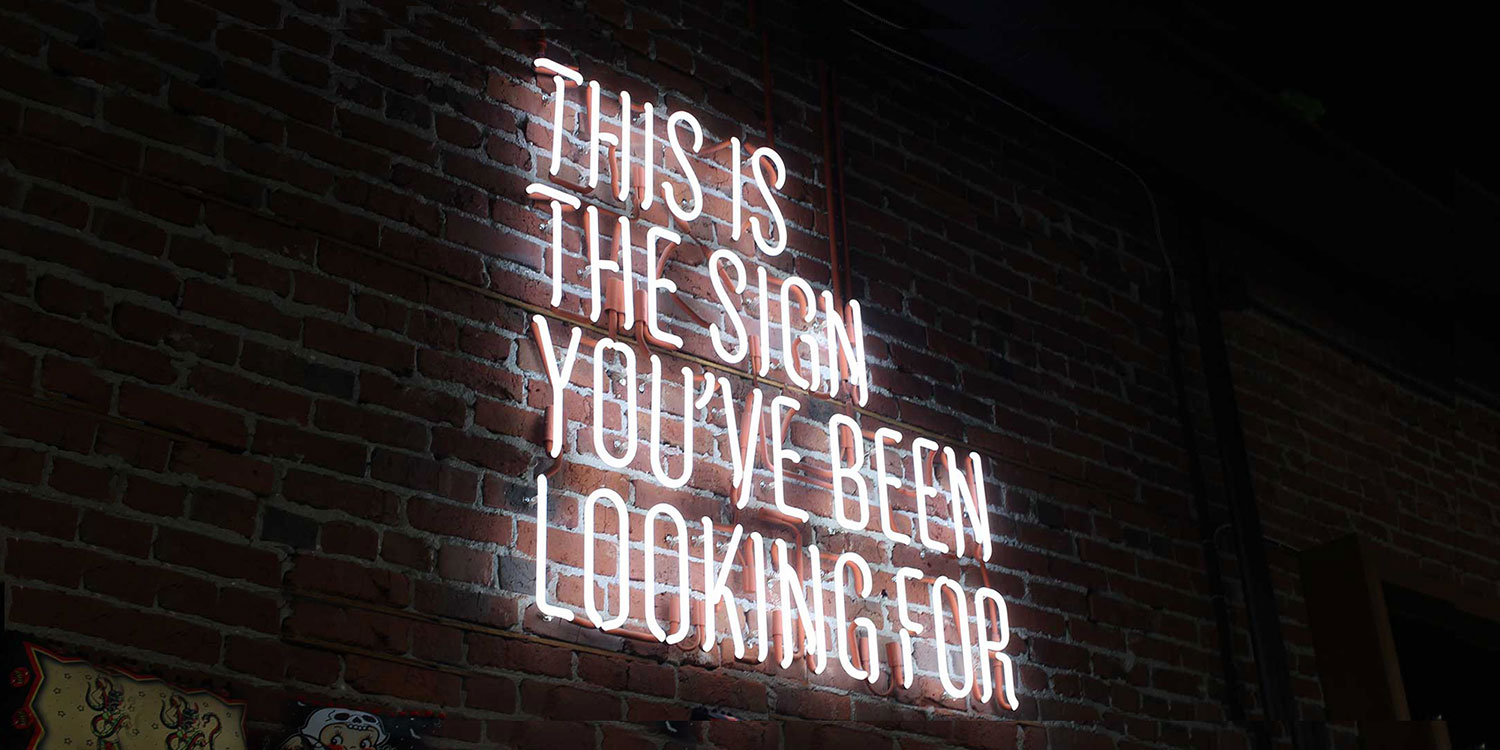Benzo addiction is becoming increasingly more common in the United States. It’s an epidemic that will not go away without raising awareness for the people struggling.
“I can’t stop and if I do stop, I have a seizure,” a frantic voice on the other end of the phone to me a few months ago. The voice belonged to a young man I met in the hospital in my role as a recovery mentor. By the time we talked on the phone, this substance had already caused him to blackout, get physically attacked, and lose most of his personal items as well as entire days and weeks of his life. It was slowly killing him but the thought of quitting scared the crap out of him. The drug he was so afraid of yet so enslaved to? Benzodiazepines and his story are becoming increasingly more common across the United States.
See, it would be one thing if this young man was the first guy I’d worked with who had struggled with benzos. But the fact of the matter is, in my two-plus years as a recovery mentor and peer support specialist, I’ve met dozens of people meet with severe benzodiazepine use disorders. Even more terrifying, the appeal of benzos stretches across other addictions. The peers I support who struggle with meth, heroin, and alcohol usually have a problematic relationship with benzos too. So common in fact that me and the other people on my team ask our patients about benzos when we first meet them. Through these frank conversations and some chart digging, we often find that our people have been taking them for years. I recently met a man in the emergency room who started dipping into his mother’s Valium in his teen years. He is now in his 50s and unable to stop. It’s a mini epidemic maybe not be as talked about as our current opioid crisis but one outlet like CNN and the New York Times have stood up and taken notice of. But how did we get here?
“Even more terrifying, the appeal of benzos stretches across other addictions. The peers I support who struggle with meth, heroin, and alcohol usually have a problematic relationship with benzos too.
Touted as a wonder drug in its early days, Valium was at one time the country’s most prescribed drug. What we didn’t know then was how highly addictive it could be and how some of the side effects included depression, suicidal thoughts, and overdose. Valium prescriptions were easy to get at one time and just as easy to get your hands on if you were like the man I met in the ER who was a kid in the Valium heyday. Since the early 2000s Xanax has taken over as the benzo catchall drug for everything from anxiety to panic disorders to even nerve pain. Mixed with alcohol, Xanax can be incredibly dangerous. As someone who has done that not so magical combo more than once I can tell you the one thing it’s good for is forgetting larger chunks of your life. In addition to being easy to get your hands on a prescription, Xanax is now being sold on the street in pressed bar versions that contain lethal substances like Fentanyl and the very dangerous benzo hybrid Etizolam. This Xanax (often referred to as “Xanie Bars”) can be easily picked up on the street, online and even out in front of many urban outpatient treatment clinics. This is all incredibly problematic for the folks I work with who are also receiving Suboxone or Methadone as part of their treatment as the interaction of benzos with those medications can be incredibly dangerous. About two years ago, I sat with someone during a terrifying overdose caused by a combination of Xanax and Suboxone. He lived but continued to battle getting off benzos and other substances for months. To make things even more complicated, recent studies have found that benzodiazepines are more prescribed in poorer areas, causing addiction to already vulnerable populations. Yet due to their relative easy availability and sometimes unnoticed dependence, benzo addictions are often minimized or ignored by medical providers.
“Recent studies have found that benzodiazepines are more prescribed in poorer areas, causing addiction to already vulnerable populations. Yet due to their relative easy availability and sometimes unnoticed dependence, benzo addictions are often minimized or ignored by medical providers.
The very 2019 mess of benzo addiction carries with it an additional deadly twist: withdrawal. Withdrawal from benzos, like my friend at the top of this essay alluded to, are something to be afraid of. Like alcohol withdrawal, benzo withdrawal can literally kill. Grand mal seizures, hypertension, elevated temperature and increased bizarre behavior are just a few of the things that can happen when a person tries to quit benzos on their own. Working in the field and seeing real people in the grips of this addiction, I’ve had to develop very real strategies and conversations to keep people alive and safe. The first thing we talk about is if they want to stop taking benzos they should go to the ER, a local detox or at the bare minimum their primary care doctor. Again, the physical and medical ramifications are too intense and scary for someone to navigate on their own. Next, we talk about ways to keep them safe if they want to continue to use benzos. Using the compassion-based principle of harm reduction I walk through with them about ways benzos can be less problematic. This ideas include not mixing them with alcohol, letting others know how many and what you’ve taken, accessing Fentanyl testing strips, using them as prescribed and also making sure they have access to naloxone, which can literally save a life of someone who has overdosed on an opiate and benzo combo.
I wish I could say that was the only phone call I ever got from this guy, this kid, really with the benzos problem. But it wasn’t. For months, we looked for safe ways that he could detox and get the help he desperately needed. Riddled by the combination of addiction and fear, he is, as of this writing, still battling this very real and common problem. Yet he isn’t alone. The microcosm of Portland, Oregon where I live and work is but one of many hundreds of battlegrounds fighting this epidemic. While there are no easy solutions what I do know is that people with benzo use disorders don’t need to be ignored any longer. They need our understanding, our help and our love.








